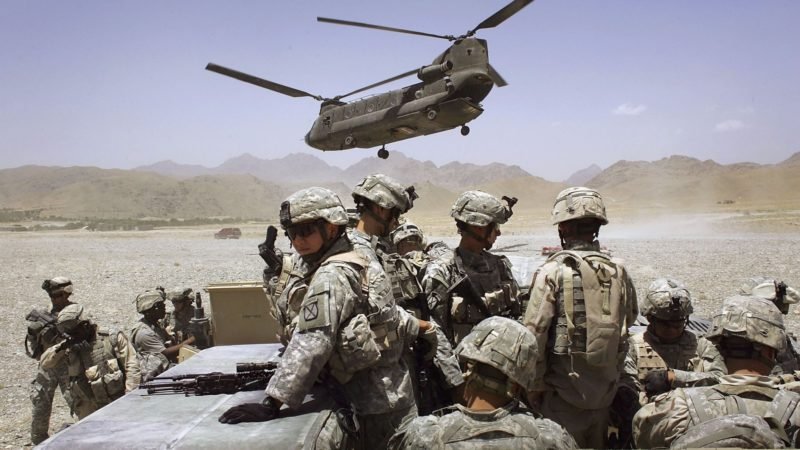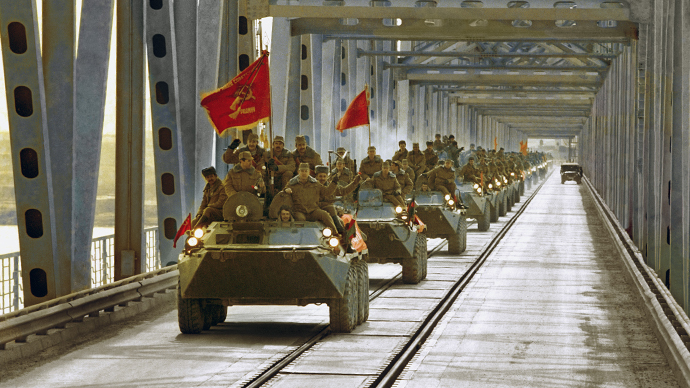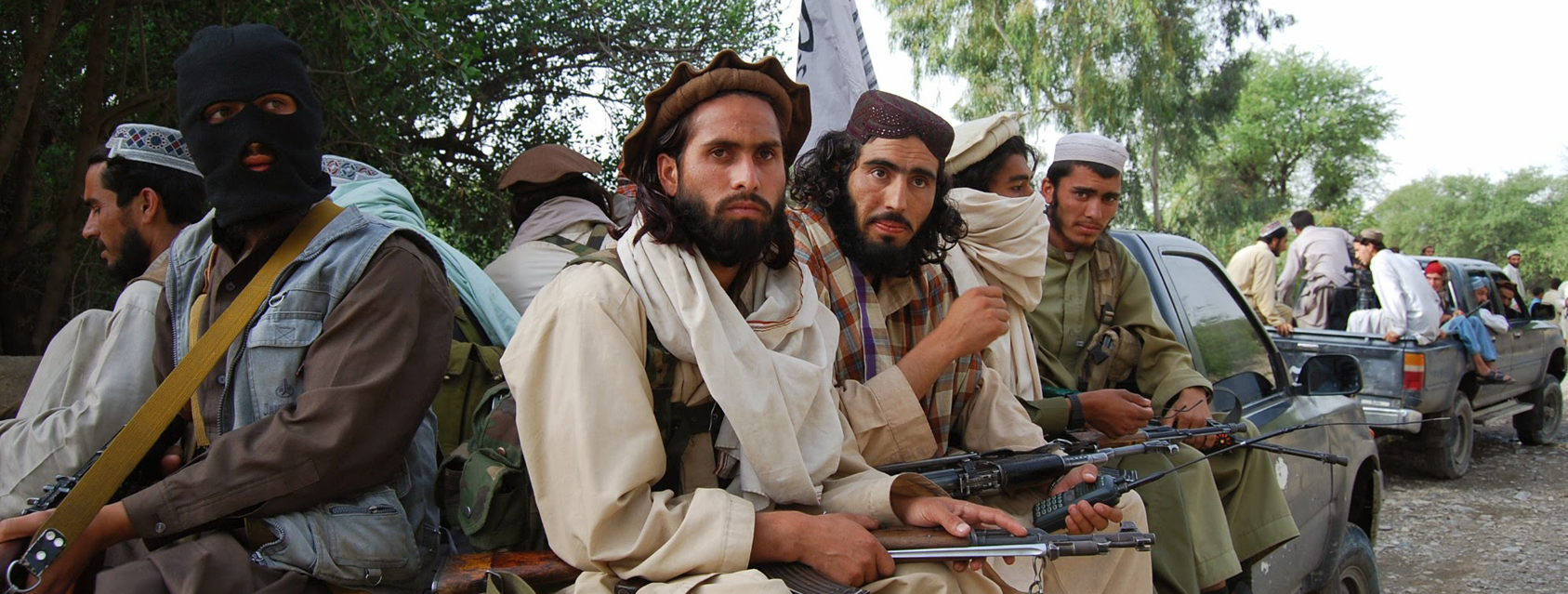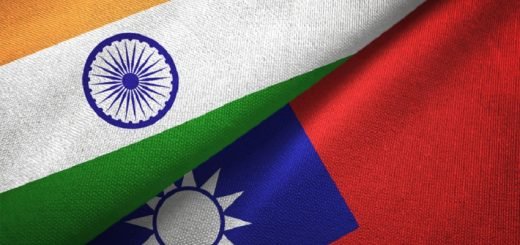Why troop withdrawal not easy? Analyzing truce in Afghanistan

On February 29, US’s and Taliban’s representatives signed a peace agreement that assures complete US troops withdrawal from Afganistan within 14 months. This agreement came after months of exertion from both sides. However, shelling from the Taliban’s side and the US’s air-strikes continued even after the agreement. On 4th March, the US launched air-strikes in order to defend Afghan forces from Taliban fighters. This scenario replicates September 2019 when the deal was pulled back after the Taliban killed US soldiers, the only difference between these two scenarios is the US presidential elections are much closer.
Such a deal came after 18 years of war in Afghanistan which had killed about 3,500 troops of the International coalition forces out of which 2,800 soldiers are of the US only.
After 9/11, US invoked Article 5 of NATO and former US president George W. Bush commenced operation enduring freedom aimed to bring down Taliban government in Afghanistan after the Taliban denied to hand-over terrorists accountable for 9/11 to the US living in Afghan territory. Within months, the Taliban’s control over the country was weakened and was compelled to retreat to mountain ranges in Afghanistan from where they continued to fight. Hence, the Interim government under was set up after the Bonn conference under Hamid Karzai who was re-elected democratically again in 2009.

Since then, asymmetric warfare continued where on the one side there were combat forces of the US and on the other hand, Taliban fighters who were engaged in guerilla warfare. Afghanistan, known as graveward of empires is due to the fact that Afghanistan is easy to invade but arduous to conquer. Like various empires, the same happened with the US. Due to difficult terrains with lack of roads, geopolitical location, and guerilla warfare, the US’s advance military is troubling fighting the Taliban’s fighters.
The thing to be considered is that what US troops are suffering from today is what USSR troops endured during the invasion of Afghanistan in 1979. During that time solely, the United States was the one to sponsor and render support to Mujahideens who were fighting a holy war ‘Jihad’ against ‘religion-less’ communists.
The US did this and founded Al-Qaeda with the motive to contain Soviet presence and promised Mujahideens that the US will help them to establish the government in Afghanistan following the toppling of Soviet presence but failed to keep its promise after the new leader of USSR, Gorbachev started withdrawing troops from Afghanistan in 1988.

Yet, due to the following fall of the Soviet Union, the Soviet-sponsored government in Afghanistan was overthrown by the Taliban after the Soviet-backed government stopped receiving aid from Afghanistan. That failed promise led Al-Qaeda and other same radical groups to grow anger against the US. The training and arms supplied by the US to fight soviets back then are now what the Taliban use to fight US troops today.
In 2012, the Obama administration and Afghanistan signed a bilateral security agreement (BSA) that focus on the US troop withdrawal from Afghanistan. BSA failed as the US cannot directly reduce its troops from Afghanistan putting the region’s security on stake and a peace deal was nearly impossible to be forged. This is the same reason why it is feared that even when the peace deal is signed on 29th February 2020, if the Taliban continued its attacks on Afghan troops, the presence of US troops is necessary. Reasons are twofold-
- Firstly, after signing BSA, the US focused on building the Afghan National Security force (ANSF)which is deemed to be strong enough to tackle the situation after the US’s complete troop withdrawal. It is believed that ANSF is not strong enough and its most of the troop’s villages where their family lives are under the control of the Taliban which makes them reluctant about the situation. Even Afghan National security expresses his fears that ANSF is not enough for the Taliban.
- When Gorbachev withdrew from Afghanistan in 1985, followed by the fall of the Soviet Union in 1991, a power void was developed in Afghanistan which the Taliban took advantage of and overthrown the weak government. Similarly, there are fears that if Trump withdraws troops in rush from Afghanistan just for the sake of Presidential elections 2020, the Taliban may come up again more powerful and may seize more power than ever defying peace-deal. Hence in order to avoid the power void, not only a well-formed peace deal is necessary but members of the Taliban must be educated and employed somewhere else gradually in order to avoid a rule like previous Taliban rule.
After the deadliest year in Afghanistan’s war, 2014, Taliban increased its momentum and seized more territory after former US president Barak Obama ended Operation enduring freedom and commenced Operation resolute support which impacted Afghanistan as from then, US would only assist Afghan forces through air-strikes, training, and aid whereas troops won’t engage in combat missions.
However, around 10,000 troops still remained on the ground in Afghanistan. In the same year, the Taliban was divided into factions. Many major leaders wanted truce in Afghanistan whereas various lower and middle leaders of Afghanistan started protesting against it as they feared they may lose their identity.
ISIS saw the opportunity and started developing itself in the region and many Taliban troops started aligning themselves with ISIS. In the region, ISIS aims to disrupt the progress in peace between the Taliban and Afghanistan.
The consequent money power of the Taliban makes it one of the richest insurgent groups in the world. Major funding of the Taliban comes from poppy opium trading which yields it $100-$400 million. Apart from this, minerals and mines are important sources of value for the Taliban. Apart from all this, many times Pakistan’s ISI is accused of funding the Taliban for its own agenda of establishing influence in Afghanistan.

Also, it is a well-known fact that the solution for Afghanistan lies in Pakistan. Haqqani network which is one of the most sophisticated insurgent group maintains a close association with the Taliban and its leadership resides in North Waziristan in Pakistan and have a very good Pakistan’s ISI backing. Pakistan has refused to launch operations against senior leadership in the region from which Haqqani network maintains its safe base in North Waziristan.
Trump came in power in 2015 with one of the major commitments to bringing troops back from countries like Syria and Afghanistan. It has to be said that he was successful in bringing troops back from Syria but the troop withdrawal from Syria was far more easy than Afghanistan because there are many more entities to take over the situation but the same is not with the case of Afghanistan. Similarly, it was easier to defeat ISIL due to land warfare than Guerilla and high terrain warfare in Afghanistan.
A major problem in the deal is the release of prisoners. Taliban has asked to release 10,000 prisoners captured by Afghan and US troops but the Afghan government has refused for releasing all the prisoners in one go. Hence, the need for developing mutual trust is required and it needs to be ensured that hardcore Sharia Law is not imposed in Afghanistan if the Taliban is given some role in government and human right violation do not occur like it happened prior to 2001 when Taliban controlled Afghanistan. High illiteracy rate, corruption and lack of unity also need to be encountered in Afghanistan after the truce. More than 40% of Afghanistan’s population consists of children below 14years of age, who must be educated for the betterment of Afghanistan’s future or radicalization of youth may continue in the future.



















